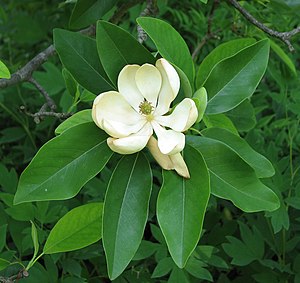Note: This is a project under development. The articles on this wiki are just being initiated and broadly incomplete. You can Help creating new pages.
Difference between revisions of "Magnoliophyta - Flowering plant"
Chaithrika (talk | contribs) (Created page with "thumb|right|Flowering plant The flowering plants <ref name="flowering plants"/> (angiosperms), also...") |
m (Prabhakar moved page Flowering plant to Flowering plant (Magnoliophyta)) |
(No difference)
| |
Revision as of 16:43, 28 March 2018
The flowering plants [1] (angiosperms), also known as Angiospermae or Magnoliophyta, are the most diverse group of land plants, with 416 families, approx. 13,164 known genera and a total of c. 295,383 known species. Like gymnosperms, angiosperms are seed-producing plants; they are distinguished from gymnosperms by characteristics including flowers, endosperm within the seeds, and the production of fruits that contain the seeds. Etymologically, angiosperm means a plant that produces seeds within an enclosure, in other words, a fruiting plant. The term "angiosperm" comes from the Greek composite word (angeion, "case" or "casing", and sperma, "seed") meaning "enclosed seeds", after the enclosed condition of the seeds.
The ancestors of flowering plants diverged from gymnosperms in the Triassic Period, during the range 245 to 202 million years ago (mya), and the first flowering plants are known from 160 mya. They diversified extensively during the Lower Cretaceous, became widespread by 120 mya, and replaced conifers as the dominant trees from 100 to 60 mya.
Common name
- English - Angiosperms
